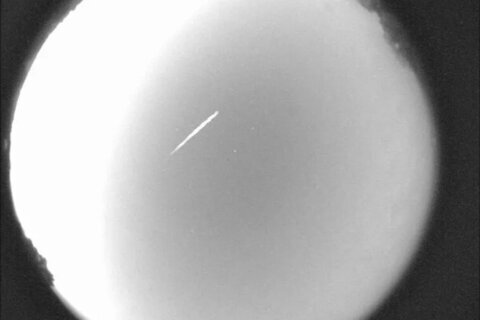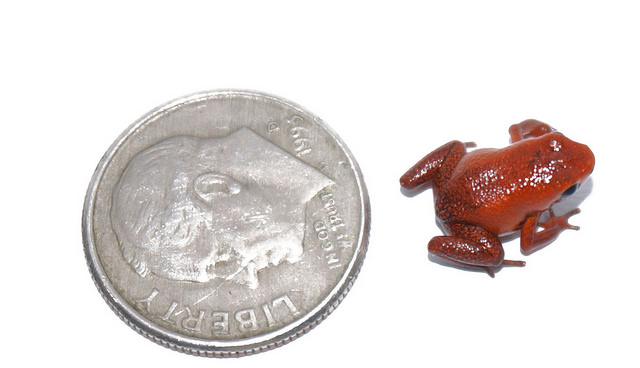
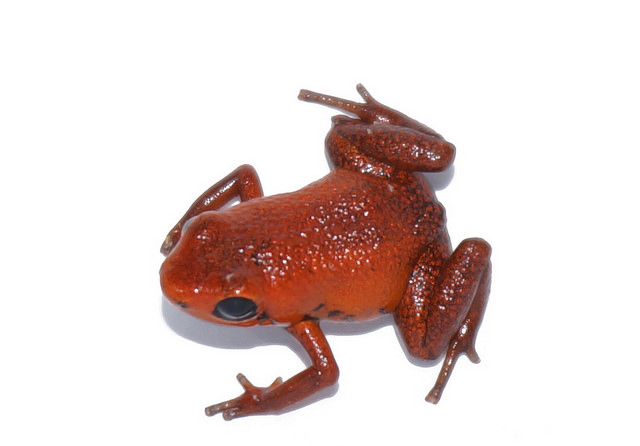
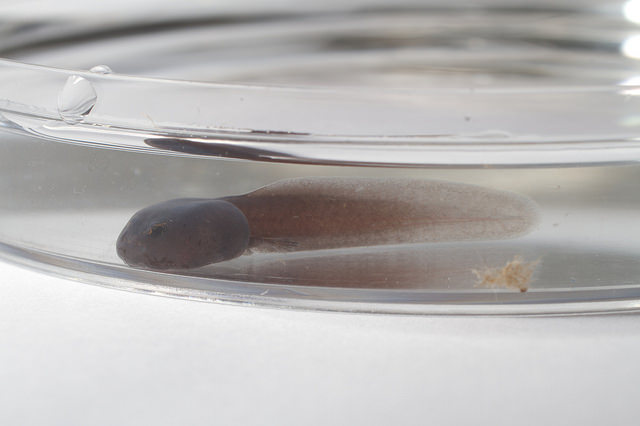
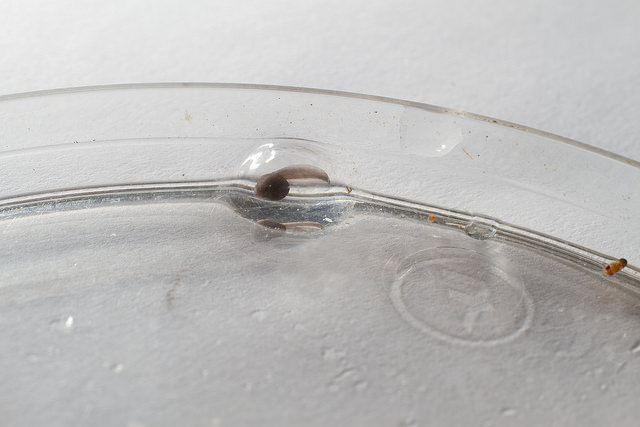
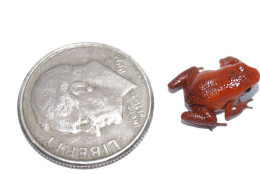
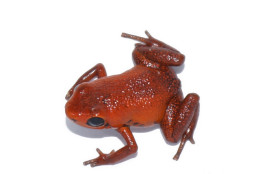

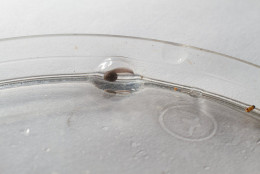
WASHINGTON — A species of poison dart frog has been hatched in human care for the first time, through the work of Smithsonian scientists.
Smithsonian Conservation Biology Institute and Smithsonian Tropical Research Institute scientists hatched the tiny frog as part of the Panama Amphibian Rescue and Conservation Project. According to a Smithsonian news release, Andinobates geminisae frogs only grow to 14 millimeters, and are found in central Panama.
“Not all amphibians are easy to breed in captivity, so when we do breed a species for the first time in captivity it is a real milestone for our project and a cause for celebration,” Brian Gratwicke, amphibian conservation biologist at SCBI and director of the Panama Amphibian Rescue and Conservation Project, said in the news release.
Smithsonian says two adult frogs were collected to determine how to maintain the species. Scientists then simulated breeding conditions in a small tank, and the frogs laid an egg, from which a tadpole later hatched. With a diet of fish food, Smithsonian says the tadpole metamorphosed over 75 days into a froglet and is now the size of an adult.

